Free delivery from Fr. 300 of purchase or 18 bottles, otherwise Fr. 15

Languedoc-Roussillon
With a surface area of more than 240,000 ha of vines, Languedoc-Roussillon is the largest wine-producing region in France. Most of the vines are in the Languedoc and Roussillon represents "only" 7,000 ha of this total. Contrasting geologically and climatically, this vineyard is also contrasted in terms of quality. Its arc shape, from Nîmes to the Etang de Leucate, hugs the Gulf of Lion and, in the interior, the vines lean against the foothills of the Cévennes, from the Montagne Noire to the foot of the Pyrenees.
19 AOCs straddling three departments (Gard, Hérault, Aude) constitute the "keystone" of this vast ensemble, which one Languedoc winegrower describes as follows: "We have everything, the opening on the sea, the mountains, soils of an infinite variety."
While PGIs account for 75% of production, the regional appellation (which replaced Coteaux du Languedoc) is AOC Languedoc. In addition, twelve sectors can add their name to that of the appellation and the most ambitious claim the notion of a cru, such as Pézenas, Cabrières, Sommières, Saint-Saturnin, Montpeyroux, Saint-Drézery, La Méjanelle or Saint-Christol. At the same time, there are about fifteen AOCs representing larger entities, including Pic-Saint-Loup, Saint-Chinian, Faugères, Minervois, La Livinière, Fitou, Corbières, Boutenac, La Clape or the Terrasses du Larzac.
History and geology
The hand of man and history are, as everywhere, decisive. Vines have been established in the Languedoc for 25 centuries.
The climate is Mediterranean: hot and dry in summer with autumns and winters marked by heavy rainfall and subject to a regime of prevailing winds that sometimes dry out, sometimes moisten this vast territory (tramontane, also called cers in the Corbières, and the marin). To this basic climatic data must be added the differences in relief, altitude, orientation which, from one valley to another, induce different meso-climates.
On the geological level, limestone and clay-limestone appear dominant but several types of terroirs can be highlighted which make up the infinite variety of Languedoc-Roussillon:
- Schist, associated with siliceous sandstone found in the following appellations: Minervois, Saint-Chinian, Faugères, Cabrières, Fitou and, of course, Collioure and Banyuls;
- The shales, associated with siliceous sandstones found in the following appellations: Minervois, Saint-Chinian, Faugères, Cabrières, Fitou and, of course, Collioure and Banyuls.
- The sandstone clays of the Terrasses du Larzac, in the St-Jean de la Blaquière area in particular ;
- The rolled pebbles and poudingues of the high and medium alluvial terraces of the Rhône, Hérault and Aude ;
- The siliceous sandstone pebbles found on the Méjanelle, south of Saint-Georges d'Orques and on the ancient terraces of the Hérault, the Orb and the Catalan rivers ;
- The basaltic rocks of the area north of Pézenas and near Octon ;
- The fine solifluous sandstone flakes of the Aniane area and, in particular, Daumas Gassac ;
- Molasses and sands.
To this diversity of terroirs and meso-climates is added a great variety of grape varieties. The majority of production (75%) is oriented towards red wines. Among the most representative red grape varieties currently in production, we find Syrah in first place, followed by Grenache, then Carignan and Merlot. In whites, it is Chardonnay that has taken over from more traditionally Languedoc grape varieties.
But it is above all on the stylistic level that the transformation of the great Languedoc wines is taking place; admittedly, this only concerns a tiny part of the production, but it sets the tone. A change in aesthetics: the rather heavy and massive reds that prevailed a short time ago are giving way to wines that are oriented towards freshness, finesse and balance, with Daumas Gassac having long since set the example in this direction. Its immediate neighbour, La Grange des Pères, as well as Mas Jullien and Domaine Peyre-Rose, to name but a few, have also made a decisive contribution to shaping the image of the great wines of the Languedoc. A way of reviving a prestigious past, somewhat put on the back burner since... Indeed, the reputation of certain Languedoc wines was such at the end of the 18th century that a certain Thomas Jefferson, oenophile and future president of the United States, during his three-month tour of France, stopped off in the Languedoc, attracted by the fame of certain wines such as that of Saint-Georges-d'Orques or the Muscat de Lunel. Subsequently, the Languedoc vineyards were confined to extensive production, becoming, after the phylloxera crisis, the supplier of nearly half of French consumption. It was not until the beginning of the 1980s that the above-mentioned metamorphosis began.
136 items
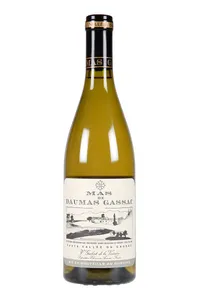
IGP St-Guilhem-le-D., Mas de Daumas Gassac blanc - 2013
IGP St-Guilhem-le-Désert
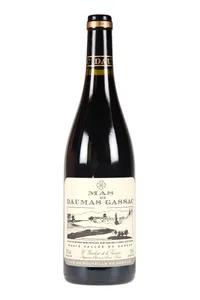
IGP St-Guilhem-le-D., Mas de Daumas Gassac rouge - 2014
IGP St-Guilhem-le-Désert
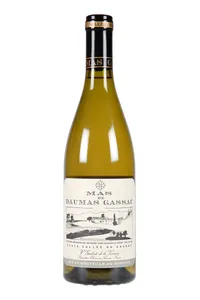
IGP St-Guilhem-le-D., Mas de Daumas Gassac blanc - 2014
IGP St-Guilhem-le-Désert
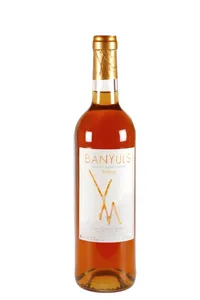
Banyuls soléra ambré, Bernard Sapéras, Vial Magnères
Banyuls
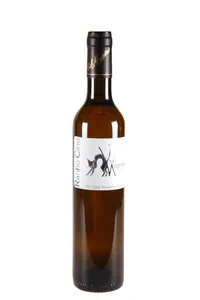
IGP Côte Vermeille, Ranfio Cino, Vial Magnères (50 cl)
IGP Côte Vermeille
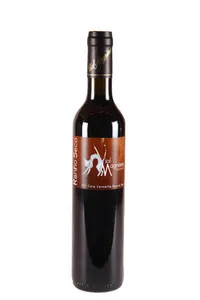
IGP Côte Vermeille, Ranfio Seco, Vial Magnères (50 cl)
IGP Côte Vermeille

Rancio sec, Pedro Soler, Dom. de la Rectorie
Vin de France
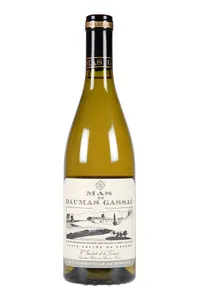
IGP St-Guilhem-le-D., Mas de Daumas Gassac blanc - 2019
IGP St-Guilhem-le-Désert

Banyuls Ambré, Coume del Mas
Banyuls

VdF, Oxy (rancio sec), Laguerre
Vin de France

Vin de France, Marlène N°3, Peyre Rose - 2010
Vin de France

Vin de France, Belle Léone, Peyre Rose - 2010
Vin de France